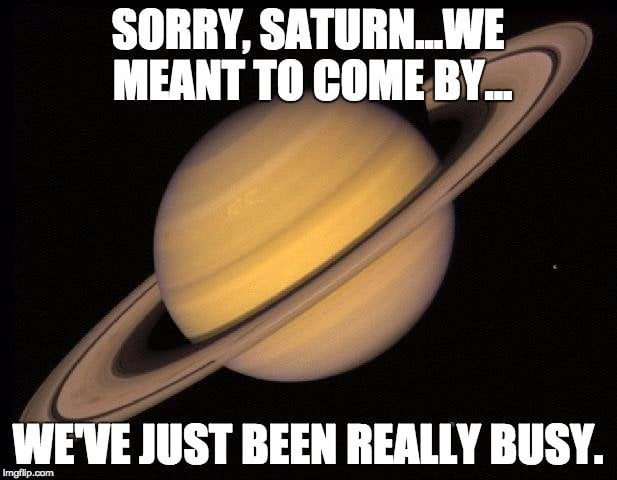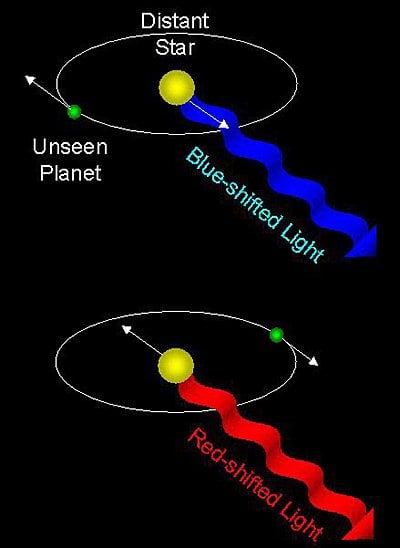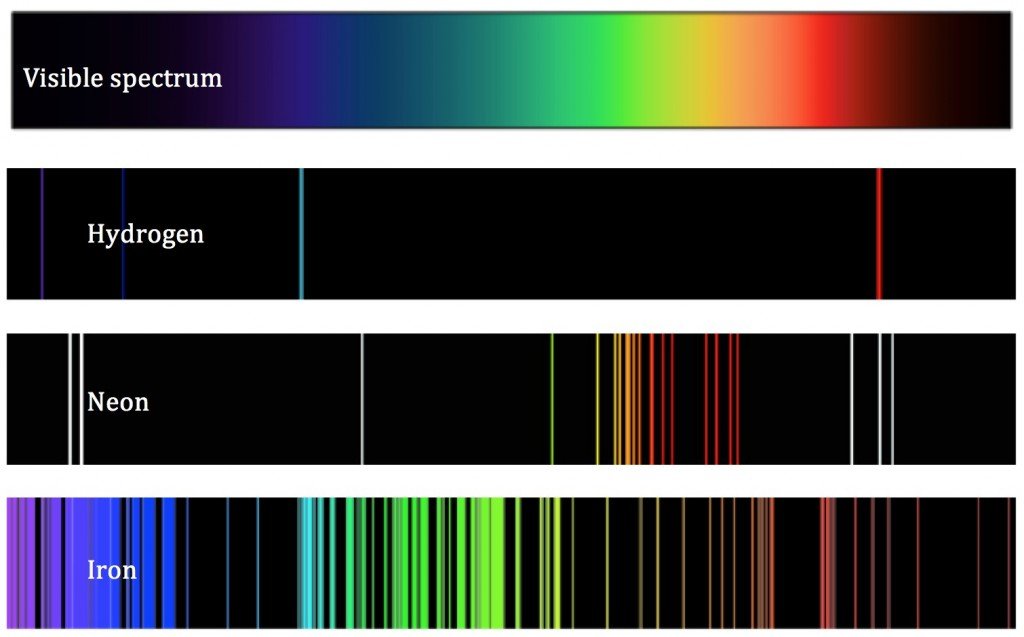It seems like popular culture is brimming with recent news about space
discoveries and a fascination with finding other “Earth-like” planets.
However, considering that we’ve only been to the surface of two other
planets in our own solar system (not counting the moon), we seem to be
very confident about the composition of many other planets and moons in
our solar system and beyond.
Are scientists just guessing when they
call a planet potentially habitable? How can they possibly determine the
composition and atmosphere of planets that are millions or billions
miles away?
Analyzing Distant Worlds
A hundred years ago, things were very
different in astronomy. Our calculations of speed, size, composition,
and atmosphere of distant planets was little more than a guess, but our
skills have improved an incredible amount in the past century. When we
look at our own solar system, we can make a very educated guess about
the composition of a planet because they are so close to Earth. For some
planets, like Mars and Venus, we have physically been to the surface
and determined what they’re made of, but we haven’t visited the surface
of many of our other solar system neighbors.
However, we know what the composition
and size of the Earth is, specifically its density, so we can apply that
same information in comparison to other planets. If we find an
Earth-sized planet that has the same density, then we can assume that
they are made of similar components (silicate rock surrounding an iron
and nickel core). If a star is far more massive, but less dense, then it
is more likely to be a gas giant (e.g., Jupiter, Saturn, Uranus), and
is probably composed of lighter elements, like hydrogen and helium
surrounding a rocky or molten metal core.
Determining the density of a planet is
another tricky question, however, because we need to know the mass and
volume of the planet. Based on what we have learned about orbits and the
Newtonian laws of physics, we can calculate the mass of a planet based
on the effect it has on its parent star. As a planet orbits a star,
there is a minuscule pull on the star caused by the mass of the planet’s
movement. This wobble is because the planet pulls on the star, slightly
shifting its velocity; these changes in velocity can tell us the mass
of the planetary object with extreme accuracy, based on our knowledge of
red shift and blue shift phenomena, commonly known as the Doppler
effect (Learn more about the Doppler Effect here).
Volume, however, is a slightly less
exact science. By watching eclipses (when a planet passes in front of a
star), or a moon passing in front of a planet, we can detect the dimming
of light caused by that crossing. When a planet passes in front of a
star, it occludes a certain portion of the stellar surface, which can be
measured, and a diameter can be established. Once a diameter is
calculated, and the shape of a sphere is assumed, the volume can be
somewhat accurately measured.
With volume and mass in hand, density
can be calculated, giving us an idea of what “type” of planet it is
(rocky, molten, Earth-like, gas giant, or something else entirely). We
can make educated guesses about the type of elements that would be found
on the surface based on this measurement.
But What About the Atmosphere?
Determining a planet’s atmospheric
composition seems like it would be more difficult, but in fact, it’s
beautifully simple. Whenever light is observed from an object, that
light can be measured to determine what has been “filtered out”. For
example, when we observe a distant planet, we can detect the starlight
that is passing through its atmosphere. Now, different elements absorb
light, rather than allowing it to pass through, but they only absorb
certain parts of the light spectrum. This generates a “light signature”.
Using an instrument called a
spectrometer, astronomers can measure the light they are detecting
through the atmosphere and then spread out that spectrum, which will end
up looking like a bar code. Those “missing” chunks of the light
spectrum tell us precisely what elements are present in the atmosphere,
as we have measured the light absorption of every known element and can
use that as a standard scale.
If we were to look at a light spectrum
coming from Earth, for example, the “barcode” would be missing the
frequencies that correlate to nitrogen, oxygen and argon would be
missing, as those compose Earth’s atmosphere (78%, 21% and 1%,
respectively). These light spectrum readings give us access to the
fingerprints of the universe, and our ability to read and understand
these measurements is only getting better.
In fact, certain spectrometers don’t
even read visible light, light that is outside the visible spectrum
(microwaves and X-rays). These measurements follow the same idea,
however, and they can tell us a great deal about the elemental
composition of objects even from across the universe!





No comments:
Post a Comment